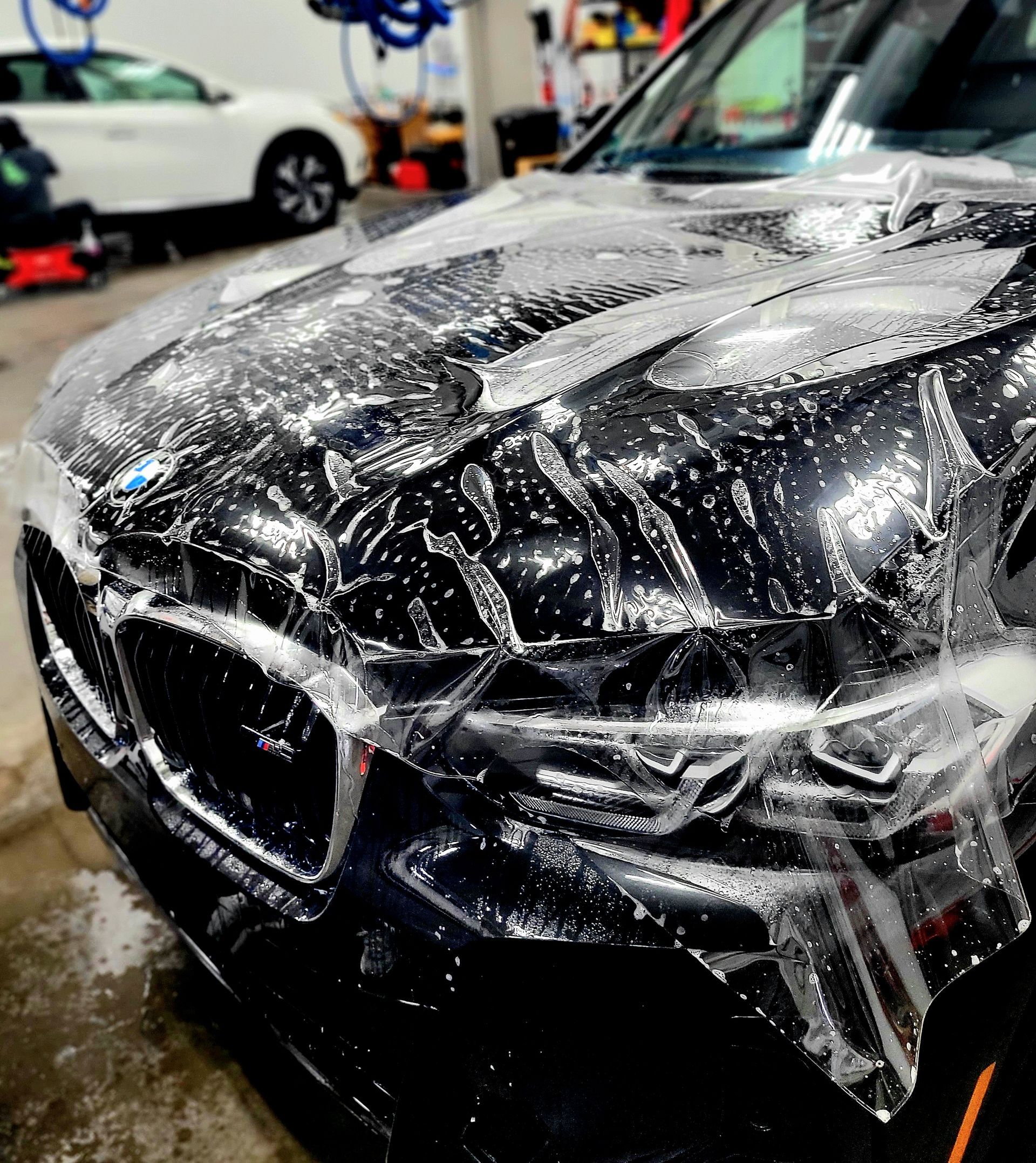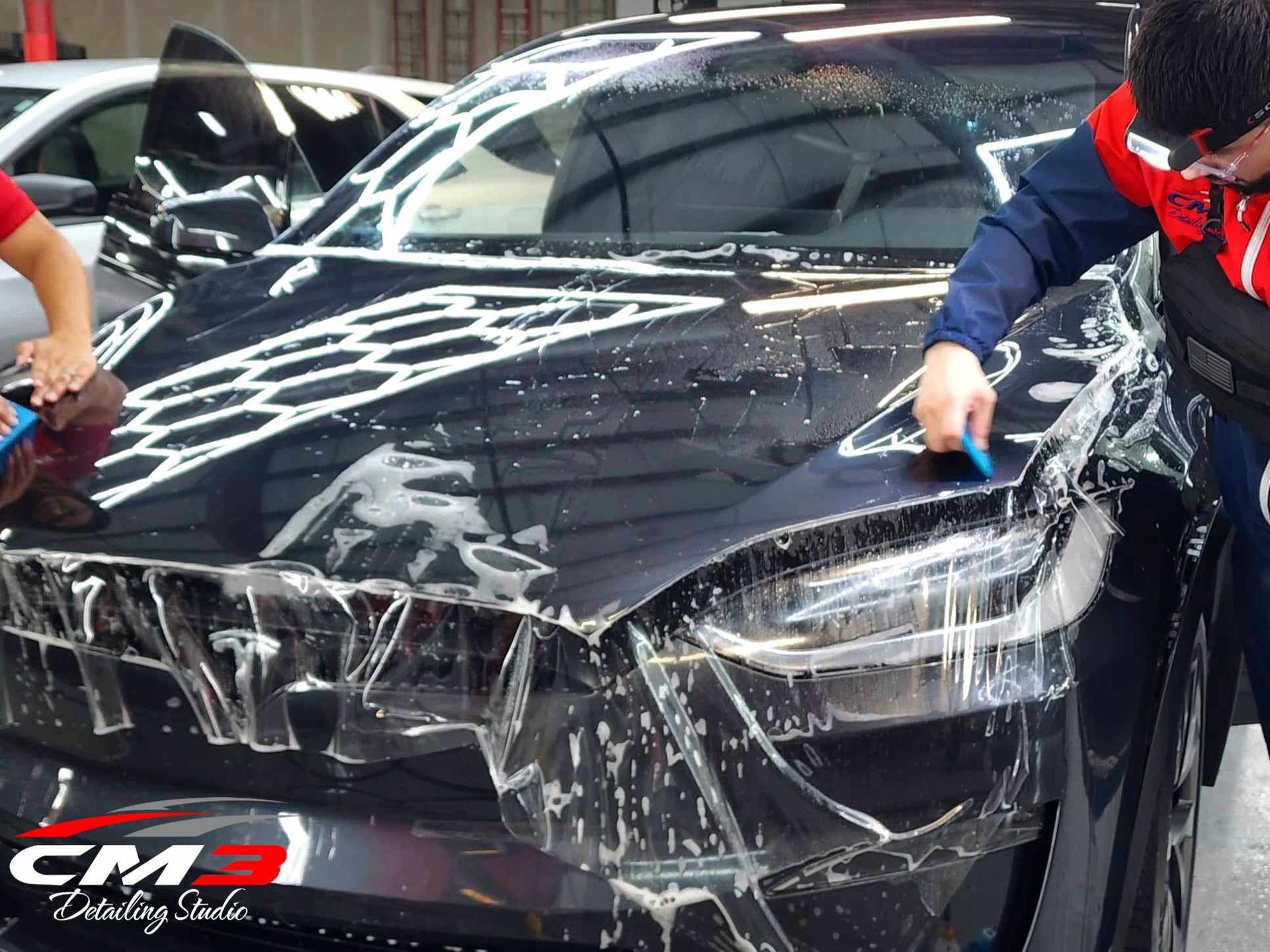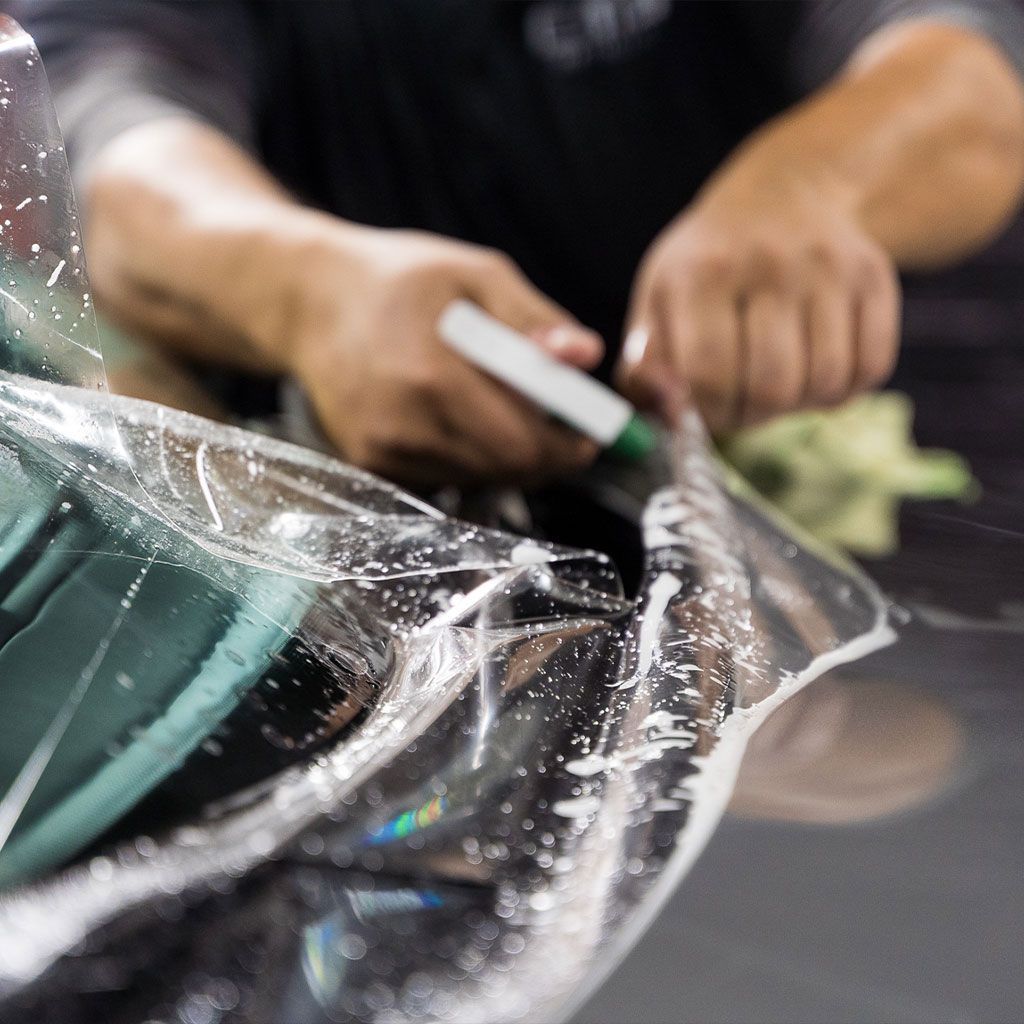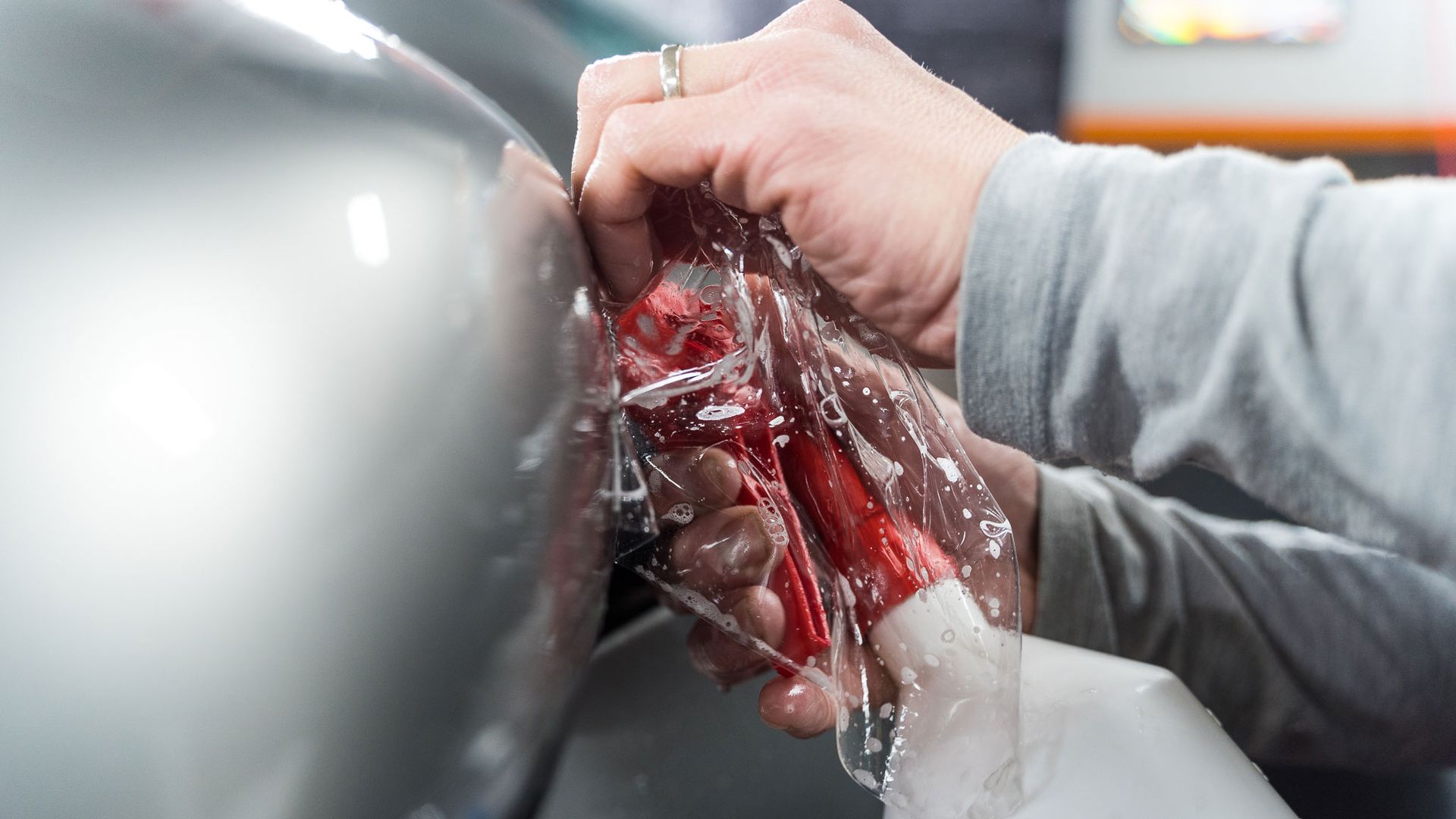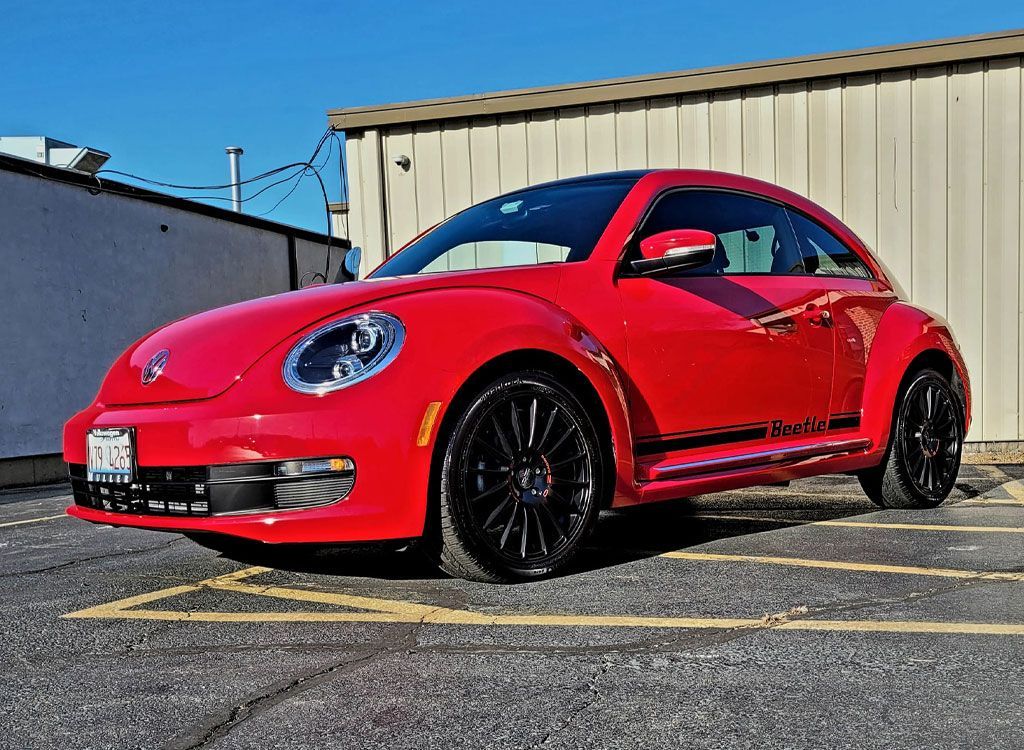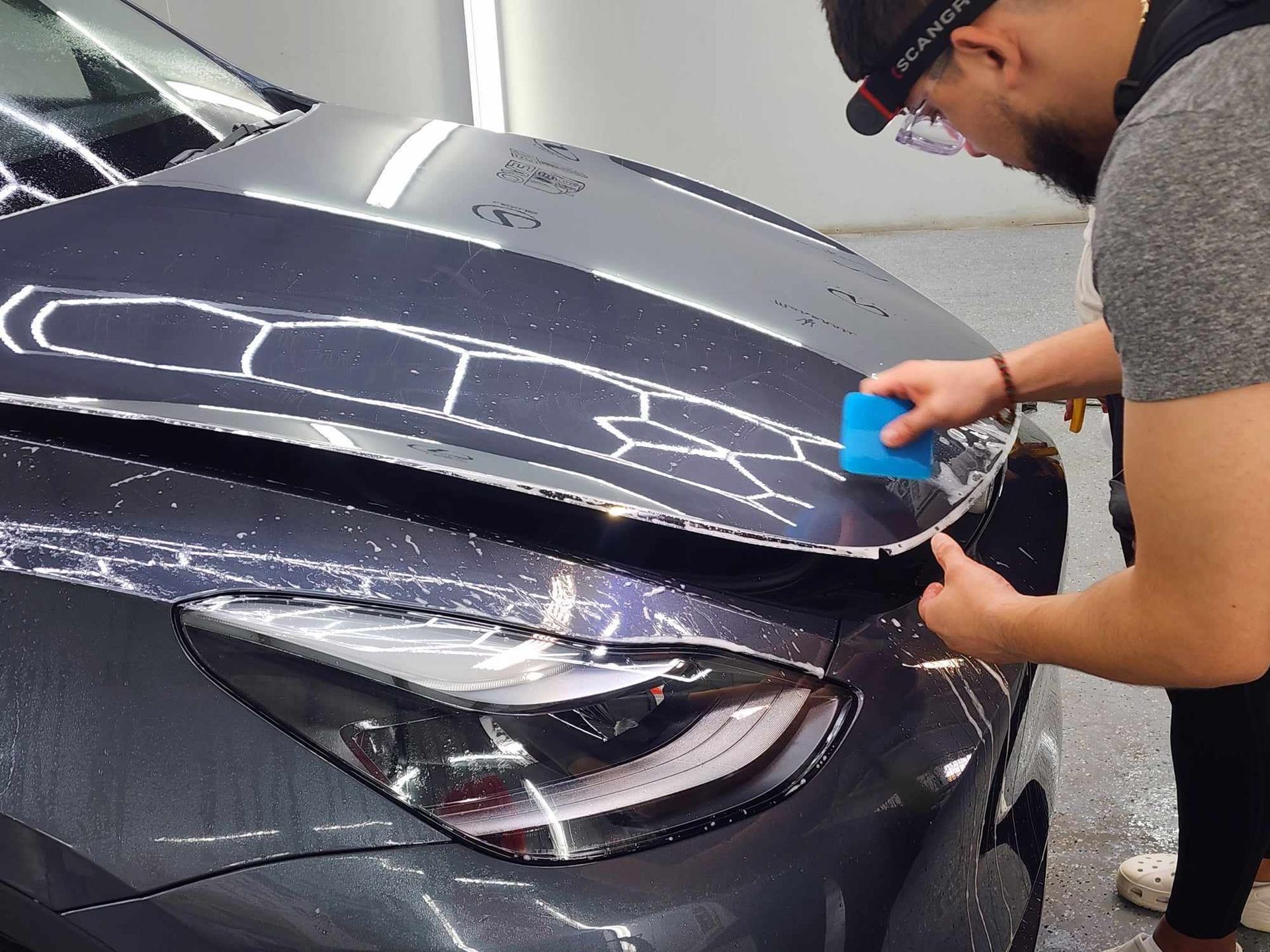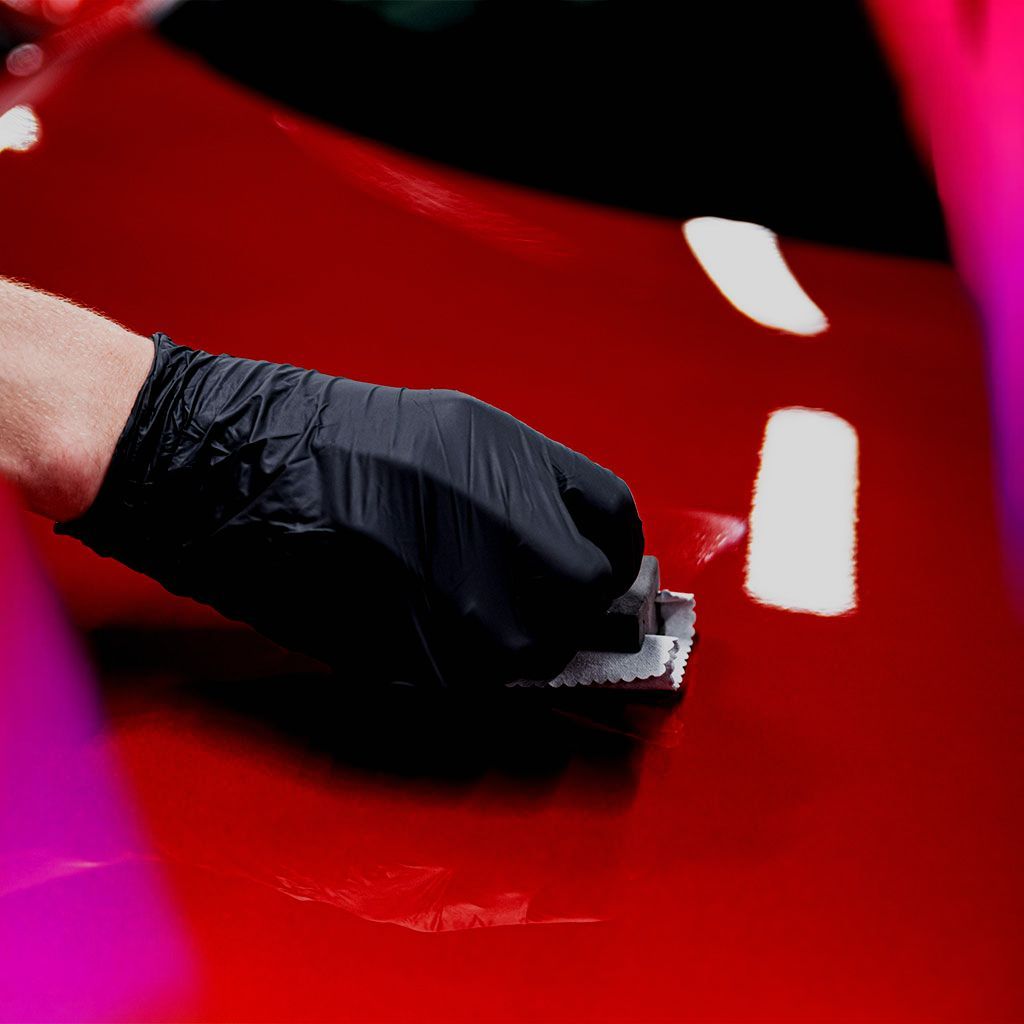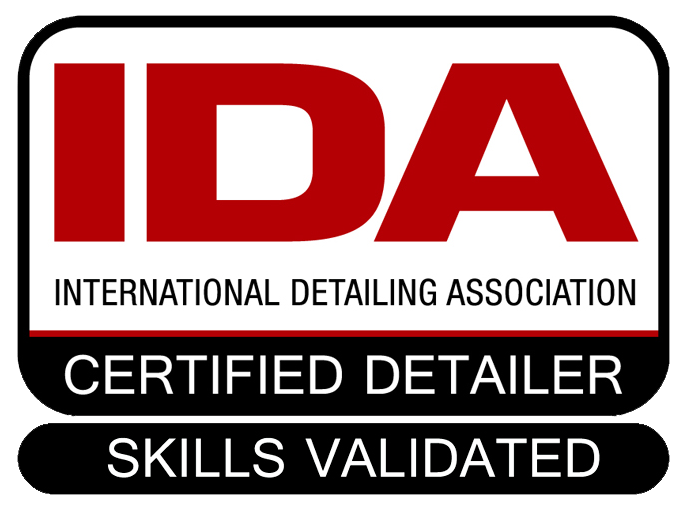How to Choose the Right PPF Thickness for Your Vehicle's Protection Needs
Are you considering how to keep your vehicle looking brand new? Paint protection film (PPF) might just be the shield you need. Choosing the right thickness of PPF can feel overwhelming at first, but understanding how various options affect your vehicle's protection will help simplify the process. Driving on rough roads or parking under harsh sun can expose your car's paint to all sorts of damage. The right PPF thickness can save you from costly repairs while keeping your ride looking excellent.
Understanding PPF Thickness
The thickness of paint protection film is a critical consideration that influences the level of protection for your vehicle's surface against environmental threats. Ranging from as thin as 4 mils to as thick as 12 mils, this thickness impacts how well the film can defend against rock chips, scratches, UV rays, and other damages. A mil is a unit of measurement equal to one-thousandth of an inch, so even small differences in thickness can significantly affect performance. Thin films, measuring between 4 and 6 mils, are designed primarily for urban environments where exposure to severe debris and weather is limited. These films provide basic protection, suitable for low-risk areas. However, they may lack the resilience needed for harsher conditions. Moderate thickness options, typically around 7 to 9 mils, strike an effective balance between cost and protection. This range often includes films with added UV protection technology, which is crucial for reducing the sun's harmful effects on your car's paint job. These films make sense for everyday drivers who face moderate risks from environmental factors. Thicker films, at 10–12 mils or more, offer maximum durability. Ideal for high-performance vehicles or those exposed to extreme conditions, these films can withstand significant impacts while helping maintain the vehicle's aesthetic appeal and resale value.
Why Thickness Matters
The thickness of paint protection film plays a crucial role in the level of shield your vehicle receives from environmental wear and tear. A thicker film creates a sturdier barrier against scratches, stone chips, and other damaging elements. The right thickness can effectively absorb impacts better, preserving the underlying paint job over time.
- Durability and Longevity: When you choose a thicker film, you are investing in your vehicle's protection. Thicker films can last significantly longer without showing signs of wear or degradation. This is particularly important for drivers frequently navigating rugged terrains or urban environments where debris is more prevalent. While thicker films come with a higher upfront cost, this initial investment often pays off in the long run, as you won't need to worry about frequent replacements or costly paint repairs due to damage.
- Cost-Efficiency: While thicker PPFs may have a higher initial cost, the long-term financial benefits are substantial. By significantly reducing the frequency of paint repairs and maintaining your car's aesthetic appeal, these films save you money over time. The cost of repainting damaged areas adds up quickly, making quality protection a worthwhile investment that translates to fewer expenses down the road.
Selecting Based on Driving Conditions
When navigating city streets, the challenges your vehicle faces can vary drastically from those experienced off-road or in construction zones. In urban environments where potholes and construction barriers are common, a 6–8- mil PPF offers adequate protection against everyday wear and tear. This range effectively guards against minor scratches and road debris, allowing your vehicle to maintain its pristine appearance. However, once you venture into areas with rugged terrains, such as off-roading trails or active construction zones, the situation changes completely. A 10–12 mil film becomes essential as a barrier against larger rocks, mud, and unexpected debris that could damage the exterior. The thicker film absorbs impacts better and prevents severe damage from occurring.
Seasonal and Regional Considerations
Seasonal factors can further dictate the right choice for PPF thickness, as different environments have particular obstacles. If you reside in coastal regions where salt air and water are prevalent, it's vital to choose a thicker film of around 10 to 12 mils. This additional thickness acts as a shield against corrosive forces that can harm your paint over time. Similarly, those living in snowy areas know that road salt can ruin a vehicle's finish. Thicker films provide that extra layer of robustness needed to combat these elements effectively. Assessing whether your daily routes consist mostly of highways or treacherous backroads can guide you toward making more informed decisions regarding PPF thickness, preserving the beauty and value of your vehicle for years to come.
Matching PPF Thickness to Vehicle Type
Different vehicle types require varying levels of protection, making a thoughtful choice regarding PPF thickness crucial. Luxury cars that often command high repair costs benefit immensely from thicker films, typically around 10 to 12 mils. These films absorb impacts better and provide an added layer of protection against minor abrasions and scratches, ensuring that the car's aesthetic remains pristine. The investment in higher-quality PPF helps maintain both the vehicle's resale value and its appearance over time. When considering mid-range vehicles, a moderate thickness between 6 and 8 mils tends to be ideal, providing commendable protection without excessive costs. These cars' owners often strive for balance, seeking protection against light debris while effectively controlling installation costs. A quality film at this thickness will adequately fend off common threats like gravel or road rash. Performance and off-road vehicles require more robust defense. Cars designed for rugged terrains or those that frequently partake in spirited driving call for the thickest films available, typically 10 to 12 mils. Their protection is essential as they encounter harsher conditions such as mud, rocks, and unpredictable weather elements. Investing in thicker PPF translates directly into prolonged surface integrity, preventing chips and scratches that could otherwise mar the vehicle's finish.
Environmental Factors to Consider
The environment where your vehicle primarily operates has a significant impact on the durability required from paint protection film. Each environmental condition, whether coastal salt air, icy roads, or high pollution levels, can have specific demands, influencing both the thickness of the PPF and its material composition. In coastal areas, thickening your PPF is essential. Saltwater exposure can wreak havoc on a vehicle's finish, leading to corrosion that eats away at both metal and paint over time. Therefore, a thicker film, typically ranging from 10 to 12 mils, provides the necessary barrier against those aggressive salt particles. Moving to snowy environments, the risks amplify even further.
Vehicles frequently exposed to road salt and sand require robust protection, as these materials are abrasive and can lead to unsightly scratches and rust over time. This necessitates using thicker PPF, again in the 10 to 12 mils range, to effectively combat these potentially harmful conditions. In areas with high pollution levels, vehicles face another set of challenges. Airborne contaminants can gradually erode paint finishes, leading to dullness and degradation. A minimum PPF thickness of 8 mils is advisable to shield your car from these particles that can accumulate quickly on your vehicle's surface. Understanding your environment is crucial when selecting the right PPF thickness. This proactive approach saves you money on repairs down the line while preserving your vehicle's aesthetic appeal amidst challenging conditions.
Making Your Final Decision
When selecting the appropriate thickness for Paint Protection Film, it's essential to balance your budget with the protection needs of your vehicle. Understanding this relationship can help you make a more informed decision, ensuring that your investment is both practical and beneficial in the long run. Thinner films are less expensive and can cover small specific areas, but they typically offer limited protection, lasting only a few years, particularly under harsher driving conditions. Thicker films cover more surface area and boast longer lifespans, making them a better investment for long-term vehicle protectio
n.
Investing in a thicker film isn't merely an upfront expense—it's an investment in the future health and appearance of your vehicle. Thicker films generally provide longer-lasting protection against scratches, chips, and fading caused by UV rays. This durability means fewer repairs over time, and a thin film may require replacement sooner than anticipated, costing you more in the long run. Moreover, applying high-quality thick PPF can lead to enhanced resale value for your vehicle. Potential buyers are often drawn to well-maintained cars that exhibit minimal wear and tear. Having solid protection sets your vehicle apart when it comes time to sell or trade.
Tips for Selecting the Best PPF
Selecting the right thickness of paint protection film is about finding the perfect fit for your specific needs and circumstances. The first step is assessing your needs carefully. Consider how often you drive and the conditions in which you typically find yourself. If you're commuting daily through dusty roads or congested urban areas, leaning towards a moderate thickness of around 7 to 9 mils will provide that necessary balance of protection without excessive cost. On the other hand, if your weekends are spent off-roading or navigating construction zones, a thicker film of at least 10 to 12 mils is likely worth the investment to safeguard your vehicle from dings and scratches.
When choosing a PPF, selecting reputable products is essential. Look for films from established manufacturers with proven track records in the industry for quality and durability. Reading customer reviews or testimonials can provide real-world insights into product performance and help you make an informed decision. Engaging with professionals at PPF installation shops can significantly enhance your selection process. Most experienced installers can provide valuable advice tailored to your vehicle's specifics and typical driving habits. An installer may suggest certain positions on the vehicle that require extra protection due to vulnerability against road debris or environmental factors. This consultation can be invaluable because it combines expert knowledge with practical application, giving you confidence in your choice when it's time to protect your vehicle. By taking time to assess your needs, opting for quality products, and consulting with professionals, you'll be empowered to make informed choices that keep your vehicle looking sharp while safeguarding its value over time. The right PPF thickness will provide the protection your vehicle needs while fitting within your budget and lifestyle requirements.
Top PPF Services in Elgin, IL
At CM3 Detailing Studio & Ceramic Coating in Elgin, IL, we specialize in
precision-applied paint protection film (PPF) designed to keep your vehicle’s paint flawless against road debris, weather elements, and everyday wear. Our expert technicians use high-quality, durable films that provide a clear shield without altering your car’s original gloss or color. Each installation is customized for a seamless fit and long-lasting defense, ensuring your vehicle looks showroom-ready mile after mile. Protect your investment and enjoy peace of mind on every drive—schedule your professional PPF installation today!

